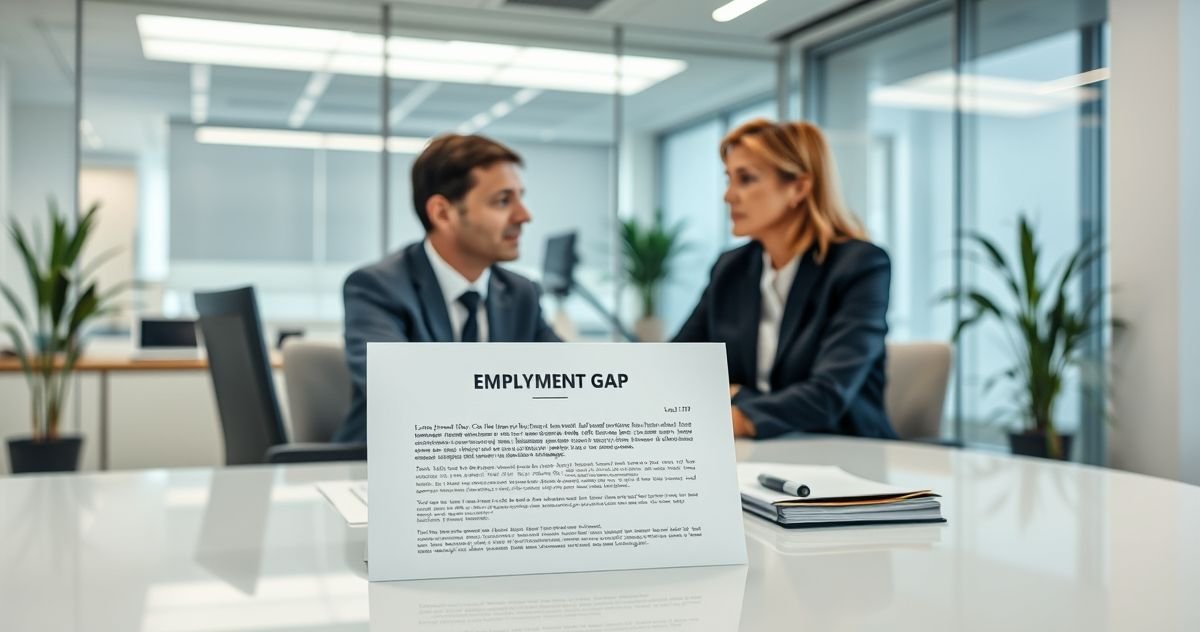When applying for a loan such as a mortgage, lenders carefully review your employment history to assess your ability to repay. A gap in employment—generally lasting 30 days or longer—can raise questions about your income stability. To address this, lenders often ask for an employment gap letter, a formal document where you explain the reasons for your time away from work.
The employment gap letter serves to reassure lenders that the gap was for legitimate reasons and that you have since regained steady employment. Common acceptable reasons for gaps include maternity or paternity leave, illness, caring for a family member, education, layoffs due to company restructuring, or a planned sabbatical.
Writing an effective employment gap letter involves being honest, concise, and professional. Start with your contact details and date, include a clear subject line such as “Letter of Explanation for Employment Gap,” and specify the gap period. Briefly explain the cause of your gap without oversharing personal details, then affirm your current employment status, including your employer’s name, your role, and how long you have worked there.
To strengthen your explanation, attach supporting documents if available, like recent pay stubs, doctor’s notes, or school transcripts. Avoid negative language, dishonesty, or unnecessary details. Promptly responding to your lender’s request helps keep your loan process on track.
Here is a basic example of an employment gap letter:
[Your Name]
[Your Address]
[Your Phone Number]
[Your Email]
[Date]
[Lender’s Name]
[Lender’s Address]
RE: Letter of Explanation for Employment Gap — Loan Application #[Loan Number]
Dear [Underwriter’s Name or “To Whom It May Concern”],
I am writing to explain a gap in my employment from [Start Date] to [End Date]. During this time, I was on a planned leave to care for my newborn child. This was a temporary and necessary break.
As of [Return Date], I resumed work full-time as a [Job Title] at [Current Employer], where I continue to maintain stable employment.
I am confident in my ability to meet all financial commitments associated with the loan application. Please find my recent pay stubs attached for your review.
Thank you for your consideration.
Sincerely,
[Your Signature]
[Your Typed Name]
For more detailed guidance, see our article on prequalification worksheet, which explains how to prepare for mortgage lending requirements effectively.
FAQs:
-
How long must an employment gap be before a letter is needed? Typically, lenders want an explanation for gaps longer than 30 to 60 days, but thresholds vary.
-
What if I was self-employed and had a business failure? Clearly explain the time frame and circumstances, emphasizing your current stable income.
-
Are employment gap letters required for loans other than mortgages? They’re most common with mortgages due to loan size and term length, but may also be requested for large auto or personal loans.
By providing a clear and honest employment gap letter, you improve your chances of loan approval by addressing lender concerns upfront.
For official guidelines on income documentation for mortgages, you can visit the IRS website: IRS Income Documentation.
Sources: NerdWallet, Rocket Mortgage, Forbes Advisor



